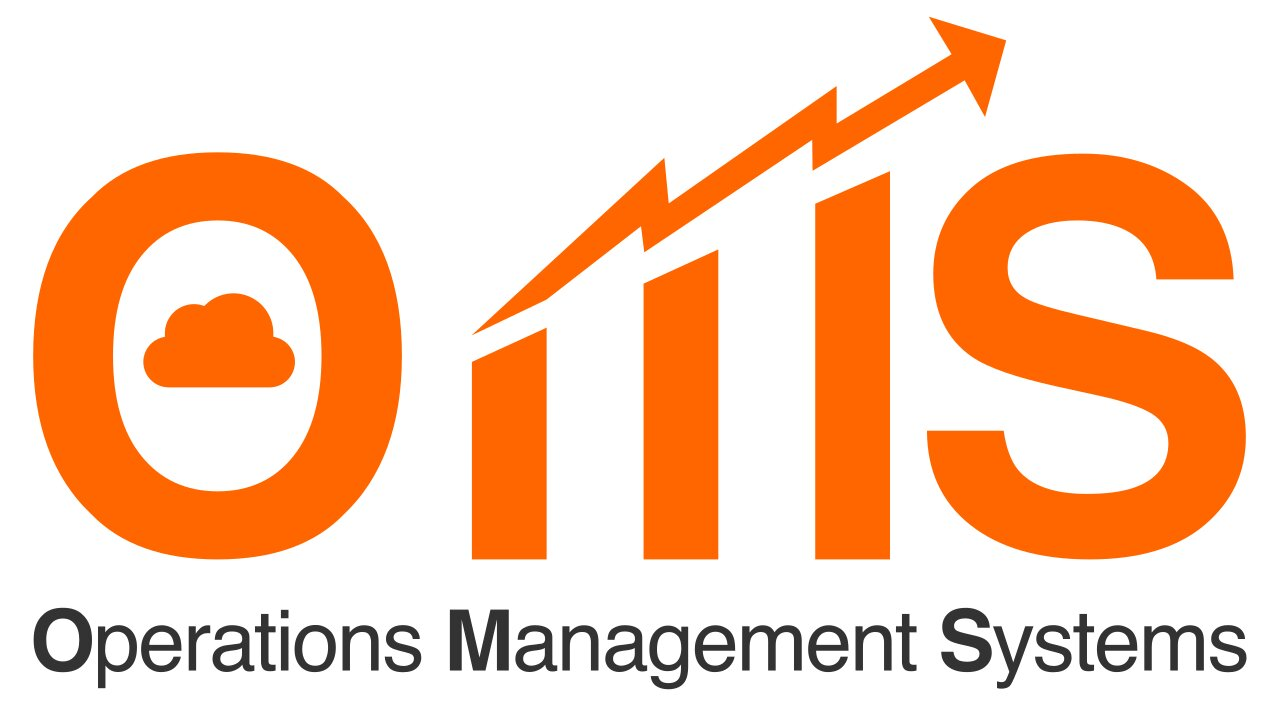List of modules
Currently, there are several test, inspection and process modules available in the OMS. Some of them are * Intelligence Augmented Automatic Compliance Evaluator (IAACE) modules which use Standards and material properties to evaluate test results to eliminate human errors in interpreting Standards requirements. These modules have been used by laboratories for years witnessing Million+ hours of production testing on actual data by real people (150+ users).
- NDT modules – VT, MT, PT, ET, UT, UTT, RT and ….
- Mechanical testing –Tensile*, Impact* and …
- Weld mechanical testing – VT, Macro, Bend, fracture, transverse tension*, web-flange tension*, impact*, hardness survey*
- Inspection modules – VI, PVI and …
- Pressure testing – Hydrostatic test
- Survey modules – Rail alignment* , Pipe ovality measurement and …
- Process modules – Welding supervision and …
- Chemical testing – O.E.S Spectroscopy* (Beta) and …
* IAACE– Intelligence Augmented Automatic Compliance Evaluator modules
Structure of modules
The most common excuses for data losses in the industry are tablet broke down, battery drained, internet lost, user forgot to save, and so on.
OMS is designed to ensure almost nothing is lost or at the most previous 3 minutes of data loss, in case of a major outage. All modules for test, inspection or process are divided into 8 sections to eliminate or minimise entire data loss. All sections are designed to reduce data entry (typing) by human data and reduce fatigue on the user.
- JSA Section – Before any onsite job commencement, a user needs to complete Job safety analysis on their smart phone or tablet or smart glasses in the near future.
- Section 1 – Displays client information for review before commencing a job. No need to enter anything.
- Section 2 – Displays job related information. Again, nothing to enter except review of job data.
- Section 3 – User shall enter instrument information. All items are a simple selection of items from the Asset database available within the OMS. Users need to only key in the first 3 letters of the asset number or asset classification and then select from the list. OMS do not display any non-calibrated assets which ensures that the user do not use invalid instruments.
- Section 4 – The user needs to enter job specific or technique specific information. Most of the information is selection from reference libraries rather than manual typing. All reference libraries are created by Level 3 or competent authorities which your company can modify to suit your needs. Selection of data from reference libraries minimises data entry errors and standardises terminologies used.
- Section 5 – User needs to type in relevant information because this section contains description, identification of all items and test data. Most fields can be completed by selection of data from the reference libraries but there is still substantial need for data entry by the user. As the user can be on this section for a long time, OMS saves data automatically after every 3minutes.
- Section 6 is designed to manage all photographs and documents which can be stored in the OMS permanently and the user can decide whether to print on a report.
- Section 7 is the costing and administration section wherein the user needs to enter job related times and cost.
